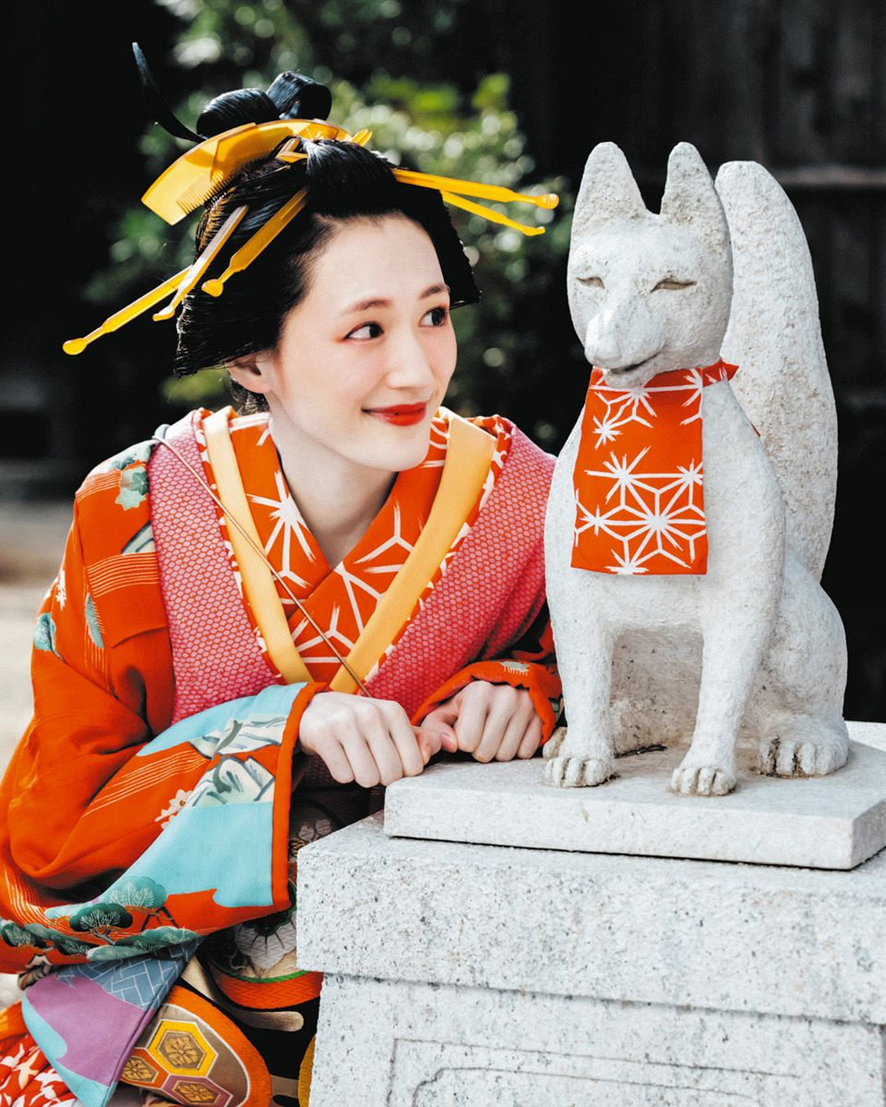How to enjoy "Berabou" ~FEB,2025~

NHK, a broadcasting station, collects viewing fees from the general public, and I think that it pays a lot of attention to its audience, including its program lineup and drama themes. This year's "Berabou" dramatizes Edo customs and the political environment in parallel, and I was impressed by the skill of the scriptwriter, but at the same time, I imagine that this work causes stress to viewers that makes it difficult to understand the story, polarizing the viewers. For many Japanese, the second half of the 18th century is probably not well remembered, as it is a period between the eras of Yoshimune and Ienari, and is associated with a dull and dark image of bribery, great famines, and the not-so-successful Kansei Reforms.

Last year's "Hikaru Kimi e" was interesting as a love story between Michinaga and Mahiro, a story of success, or as a gorgeous Heian picture scroll story, even if you didn't know much about the historical background, and the images were beautiful, so I think it attracted many people. On the other hand, this year, the scriptwriter, Yoshiko Morishita, seems to have put a lot of thought into the way she inserted the narration (by Haruka Ayase). Even so, I (arbitrarily) thought it would be difficult to follow the story without some basic knowledge beforehand, so I'll add a little more below.

"The origins of Tanuma Okitsugu"
As I wrote in my previous article (Sano edition), the Sano clan of Fujiwara no Hidesato's lineage split into many branches after the 12th century. The Sano family, which had been protecting their local territory, was abolished the year before the Siege of Osaka, and continued to exist as a yoriai hatamoto afterwards, but this is not directly related to the story this time. The Tanuma family was a family in which Yoshimune brought a samurai (formerly a foot soldier) from Kishu, Okiyuki, who became a direct retainer hatamoto with a stipend of 600 koku, and Okitsugu rose to great heights after being recognized by Shogun Ieshige and Ieharu.

In the drama, the hatamoto Sano Masakoto (the Sano family served Matsudaira in Mikawa) lent his family tree to Okitomo, and Okitsugu threw it into the pond in the garden. Sano Masakoto proposed to repay Tanuma's kindness by falsifying the family tree, but this Sano Masakoto later caused a major incident (Okitomo's assassination in the palace).

The chief councilor Matsudaira Takemoto also sarcastically remarked that the upstart Tanuma Okitsugu would not have any retainers who could ride horses even if he participated in the Nikko pilgrimage, but he was originally from a branch of the Mito Tokugawa family, so there was no point in making fun of the Tanuma family. Even so, Koji Ishizaka, 82 years old, gave a brilliant performance.

"The Shogun's Visit to Nikko"
There were a total of 19 pilgrimages throughout the Edo period, 16 of which were held in the 17th century, after which Yoshimune, Ieharu, and Ieyoshi each made one pilgrimage. The one in question this time is Ieharu's, and in the drama, it is phrased as if his eldest son, Iemoto, wanted to go, and Ieharu persuaded Tanuma Okitsugu. Iemoto was originally the son of Renkoin, who became Ieharu's concubine on Okitsugu's recommendation, and showed great intelligence and talent in both the literary and military arts, attracting great expectations as a candidate for the next Shogun, but he suddenly fell ill on his way back from falconry at the age of just 18 and passed away. As a lively young man, there are suspicions that he was assassinated by Okitsugu, who had been criticized his policies by Iemoto, or by Hitotsubashi Harusada, the biological father of the next Shogun, Ienari. Ieharu had no other sons, and the issue of the Shogun's succession arose.

"The Tenmei famine prompted Matsudaira Sadanobu to become a senior councilor"
Matsudaira Sadanobu, who led the Kansei Reforms, was born into the Tayasu family, one of the three branches of the Gosankyo clan, and was adopted into the Matsudaira family of Shirakawa Domain. The original surname of this family was Hisamatsu, and Ieyasu's mother (Denzuin) returned to the Hisamatsu family after divorcing Iyeyasu's father Matsudaira Hirotada, and are descendants of Ieyasu's half-brothers. Sadanobu tried to return to the Tayasu family after his older brother, who had inherited the family name, died young, but was unable to do so. After Tanuma's downfall, he showed his skills as a senior councilor, but he had a chance to become a candidate to succeed Ieharu as shogun.

To summarize, the characters on the "rulers' side" that are of great importance for now are the three senior councilors Matsudaira Takemoto, Tanuma Okitsugu, and Matsudaira Sadanobu, the Shogun and his son, Ieshige and his eldest son Iemoto, who died young, and Hitotsubashi Harusada (Ikuta Toma), who sooner or later works behind the scenes to select the candidate for the next Shogun and makes his son (Ienari) Shogun.

Yasuda Ken's Hiraga Gennai is great. The fact that he was punished by the Takamatsu Domain as a "Hoko kakoi" (freedom but unable to serve in other domains) was explained in the dialogue. In the end, he died in prison after a sword fight, but it seems that Tanuma Okitsugu wanted him to be the person in charge of the development of Ezo. There is still a long way to go, but I have decided to continue watching the Taiga drama this year.

Comments